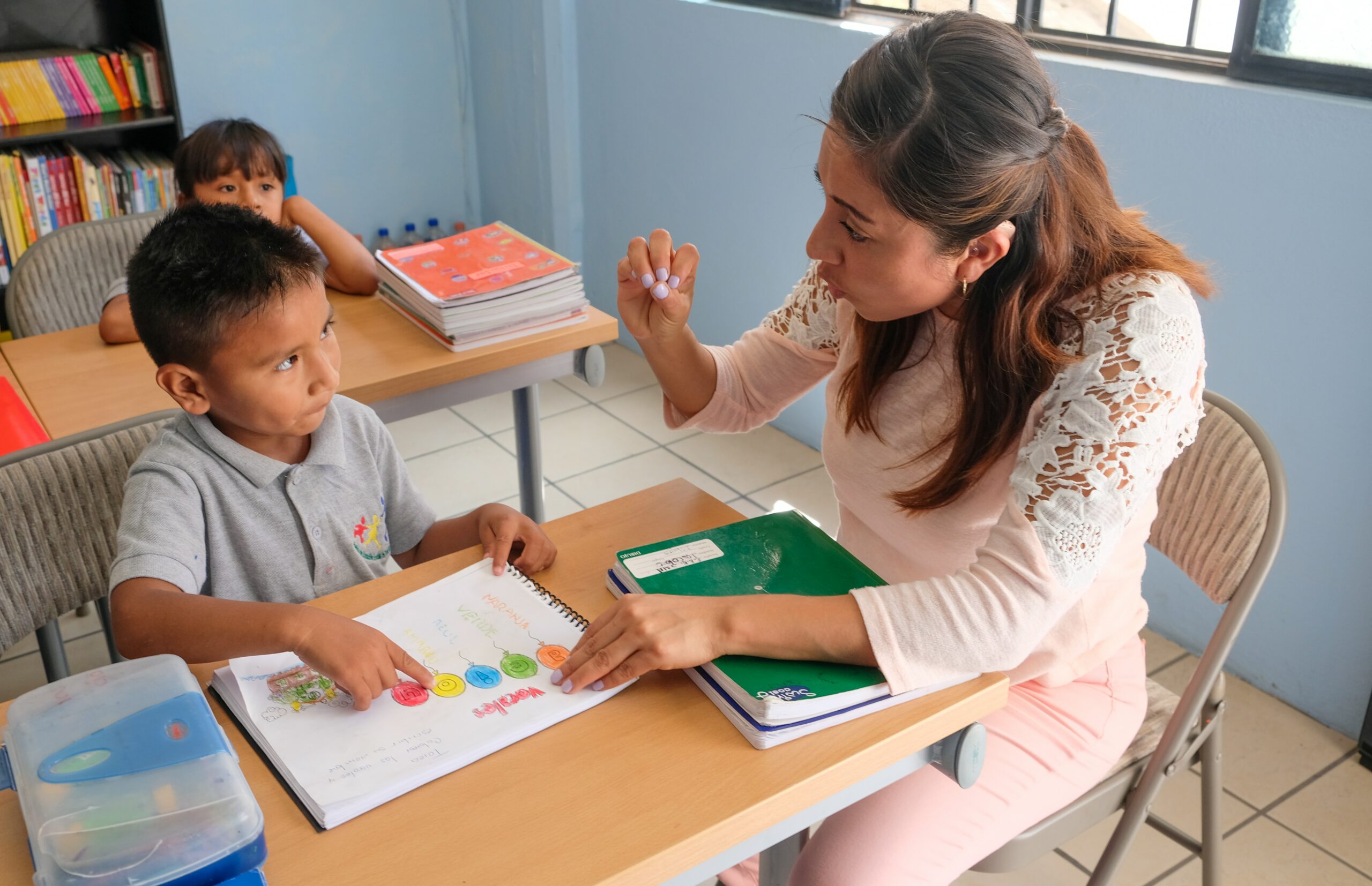More and more, schools are incorporating supplemental tutoring programs to help their students keep up with important benchmarks to ensure their academic success. Supplemental tutoring can be extremely effective, but requires support and cooperation between faculty, students, tutors, and families to be successful. Below, we will share some valuable tips and strategies to help school administrators establish a tutoring program as part of the school environment and encourage student participation to achieve strong results.
1. Encourage Parent and Guardian Involvement
When introducing a new tutoring program, it is crucial to inform families of the program that is being offered so that they may encourage their students to participate. Keep them informed about the program’s offerings including the subjects offered and the schedule. Encourage parents to support their children’s participation by sharing their student’s tutoring schedule and attendance updates as necessary.
2. Create a Welcoming Tutoring Space
If resources allow, designate a separate room for tutoring sessions and turn it into a comfortable and inviting space. Ensure that it is well-lit, equipped with necessary learning materials, and conducive to focused study and mentorship. Where possible, creating seating arrangements that allow for students to work separately from each other with their tutors—this is especially helpful for online tutoring, as it will diminish background noise for the student and tutor.
3. Establish Strong Communication
Communication with tutors is crucial, especially when using an outside vendor for tutoring services, who may not be familiar with how your school typically runs. Establishing points of contact for certain issues, such as attendance, technology, and curriculum will help keep the program running smoothly and efficiently. Keeping your tutoring provider informed will ensure that tutoring sessions complement the school day rather than interfere with its flow.
4. Implement Incentives and Recognition
Motivate students to participate in tutoring by implementing an incentives and recognition system for students who attend sessions. This could include certificates of achievement, awards, or public acknowledgment during school assemblies or newsletters. School-wide incentives also encourage students to work as a team and keep each other accountable for attending their sessions.
5. Monitor and Assess Progress
Regularly assess the effectiveness of your tutoring program through surveys, progress reports, and feedback from tutors and students. Use this information to make necessary adjustments and improvements.
6. Celebrate Success Stories
Share success stories and testimonials from students who have benefited from the tutoring program. Celebrate these achievements during school events or on your school’s website and social media platforms to inspire more students to participate.
Incorporating tutoring into your school community is a powerful way to provide academic support while fostering a sense of belonging and cooperation among students, and establishing your tutoring program as part of the school day will contribute greatly to the success of the program. By following these tips and strategies, school administrators can implement a robust tutoring program and get students and families actively involved. Your school will see results much more clearly when student participation is encouraged on every front.
